Rhine Holiday Markets
8 Days | Basel to Cologne
2024 | Switzerland, France and Germany provide the perfect backdrop for this true connoisseur’s Christmas market cruise.
Learn More
Choose when you want to travel
Cruise the mighty Danube, visiting classic capitals like Budapest and Vienna. Spend Christmas Eve in Passau, then ring in the New Year in elegant style in Budapest. Festive celebrations are plentiful during this cruise—what better way to create perfect holiday memories?
Commemorate a splendid musical heritage as you lift your voice and sing “Silent Night” in Oberndorf, where the beloved Christmas carol was composed. Meet the Count of Castle Clam. Spend Christmas Day in Salzburg and enjoy a holiday lunch within the walls of St. Peter’s Abbey. Discover the seasonal delicacies of Slovakia in Bratislava’s picturesque downtown and enjoy the merriment of traditional hospitality in an Austrian wine village. Ring out the old year and ring in the new with art, wine, and song as you cruise through four nations during this enchanting season.
Please note that most Christmas Markets in Europe end their season on the 23rd of December and will not be available after that date.
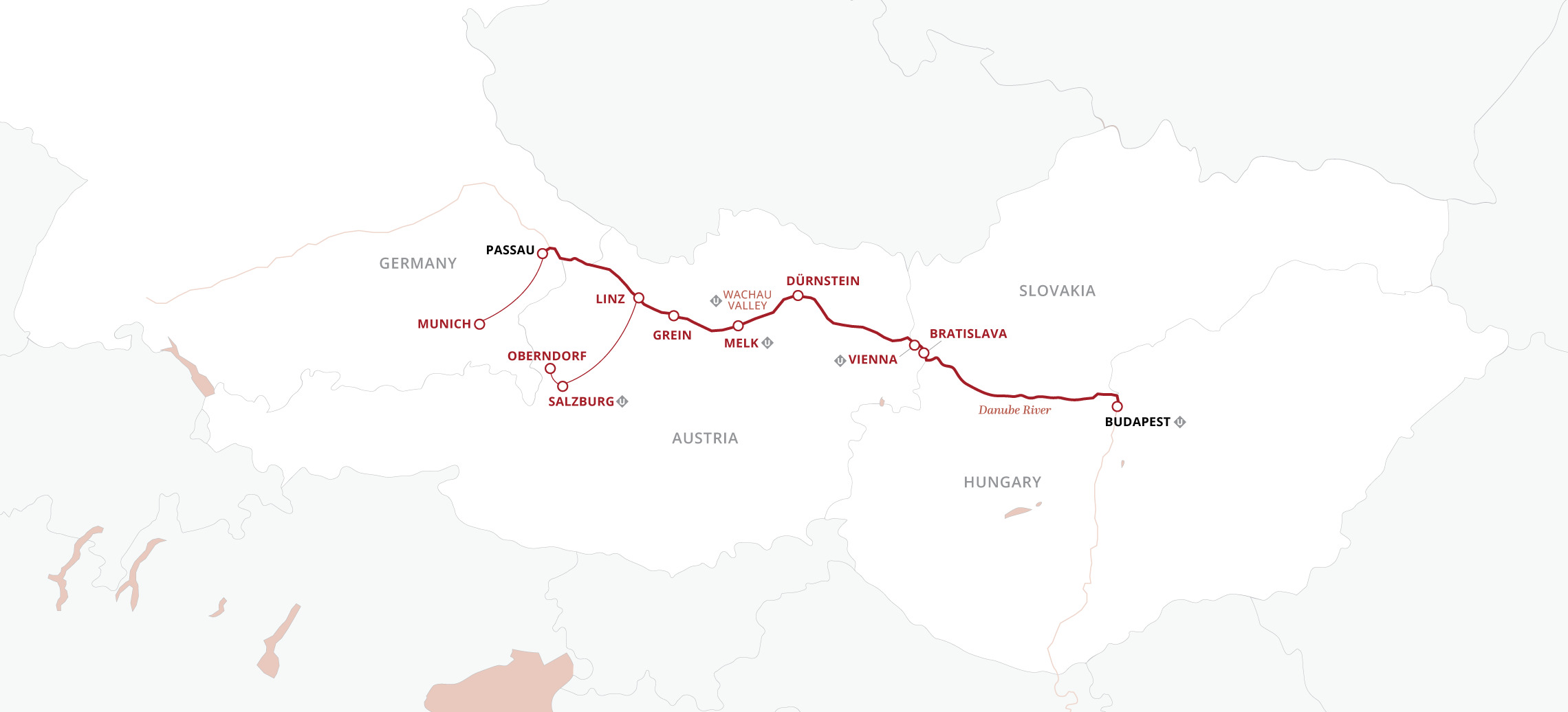
Day 1
Passau (Embark)
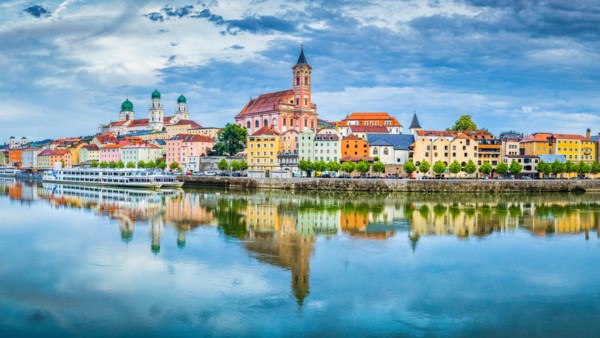
Arrive at Munich Airport. If your cruise package includes a group arrival transfer, or if you have purchased a private arrival transfer, you will be greeted by a Uniworld representative and transferred to the ship docked in Passau.
Day 2
Passau
Old-town Passau is built on a spit of land that looks almost like a ship with its narrow prow jutting into the water, a fitting shape for a city that has been an important center of river trade since it was founded by the ancient Romans. Today a local expert shows you the highlights of this delightful and accessible town located at the confluence of three rivers— the Danube, Inn, and Ilz.
A special Captain’s Welcome Reception and Dinner will be prepared for you this evening.
The skyline of Passau is dominated by two buildings that owe their existence to the prince-bishops who ruled the city until 1803: the great fortress looming on a hill above the three rivers, home to the bishops until the 17th century, and the green onion domes of St. Stephen’s Cathedral. As...
The skyline of Passau is dominated by two buildings that owe their existence to the prince-bishops who ruled the city until 1803: the great fortress looming on a hill above the three rivers, home to the bishops until the 17th century, and the green onion domes of St. Stephen’s Cathedral. As you walk through the cobblestone streets toward those green onion domes, you’ll realize that Passau retains the layout of the medieval town.
However, many of the wooden medieval buildings burned to the ground in the 17th century, and the prince-bishops imported Italian artists to build a new cathedral and a magnificent new residence for the bishops themselves. As a result, these splendid structures flaunt Italian baroque and rococo style and ornamentation, complete with opulent gilding and wonderful frescoes. Your guide will introduce you to some of the architectural highlights—the rococo stairways of the New Residence, the cathedral, and the Town Hall, which boasts a magnificent atrium adorned with large paintings by Ferdinand Wagner.
You'll want to wear sturdy hiking boots for this surprising holiday excursion; and be sure to dress warmly too: while there's no guarantee it will snow, it will definitely be seasonably chilly. Flickering torches light your path along the banks of the Ilz River and in the distance, over the sounds of the rushing water, you'll hear Christmas carolers singing. That's just one of the fun seasonal activities you'll encounter along the way: you'll also warm up with mulled wine as you listen to the singers, roast 'smores over a fire, and hear to a lively mini concert of Bavarian tunes.
*Masterpiece Collection are optional experiences that go above and beyond our daily selection of included excursions and can be booked for an additional fee. Select Masterpiece Collection Optional Experiences can be pre-booked. Please note that requests to pre-book must be made by calling our Reservations Team no later than 6 days prior to departure and are subject to availability. Some venues are limited in the number of guests they can accommodate. Guests can book onboard (space permitting) and pay in Euros. Pre-booked Masterpiece Collection Optional Experiences are refundable up to 5 days prior to the cruise/tour start date; if inside of 5 days they are non-refundable. Select Masterpiece Collection Optional Experiences require a minimum number of participants and are subject to cancellation (with full refund) if minimum is not met. Masterpiece Collection Optional Experiences are non-commissionable. Prices are subject to change. Masterpiece Collection excursions may not operate if they occur on a holiday or if they require a minimum number of participants and that minimum is not met.
Day 3
Linz (Salzburg and Oberndorf)

Your ship docks in Linz today. From there, you’ll travel to the alpine cities of Salzburg and Oberndorf for a delightful full-day excursion. Mozart’s birthplace, Salzburg, is nestled in a glorious alpine setting that sparkles like a winter wonderland. Fans of “The Sound of Music” may recognize locations from the Oscar-winning film in the city’s Old Town, the site of a grand cathedral and a wonderful Christmas Market. You’ll also visit the nearby town of Oberndorf, where the world’s most beloved Christmas carol was composed and performed for the first time.
Spend Christmas Day in two Austrian towns famous for music. Salzburg is not only the birthplace of Mozart, Austria’s most famous composer, it is also where favorite scenes from The Sound of Music were filmed. Walk with your guide through the Mirabell Garden, the beautiful formal gardens where ...
Spend Christmas Day in two Austrian towns famous for music. Salzburg is not only the birthplace of Mozart, Austria’s most famous composer, it is also where favorite scenes from The Sound of Music were filmed. Walk with your guide through the Mirabell Garden, the beautiful formal gardens where Maria sang “Do-Re-Mi” with her young charges, and through the heart of the UNESCO-designated Old Town, with its magnificent 17th-century cathedral. The archbishop’s splendid palace faces the square now named for Mozart, which has a statue of the great composer in the center; the house where Mozart was born is nearby. Enjoy lunch at the charming and historic Stiftskeller St. Peter before you head off to the little town of Oberndorf, where the most beloved Christmas carol of all time was performed for the first time. Joseph Mohr, Oberndorf’s priest, and Franz Xaver Gruber, the choir master in nearby Arnsdorf, composed “Silent Night” for a Christmas Eve service in 1818. Visit the chapel and see the little museum dedicated to the history of the carol.
Day 4
Grein

On today's agenda—a walk through charming Grein and a peek inside Austria’s oldest theater.
Ramble through charming Grein, which has long been associated with river shipping: The handsome 16th-,17th-, and 18th-century houses you’ll pass belonged to the prosperous river pilots who guided boats through the hazardous Danube waters here. Step inside the oldest theater in Austria to...
Ramble through charming Grein, which has long been associated with river shipping: The handsome 16th-,17th-, and 18th-century houses you’ll pass belonged to the prosperous river pilots who guided boats through the hazardous Danube waters here. Step inside the oldest theater in Austria to retain its original form—and function—since troupes of actors still perform in it. Local artisans transformed part of the city granary into a theater in 1791; you enter through the old City Hall (now a museum) and immediately enter the past. It’s not every theater that boasts both a box for Napoleon and sight lines for prisoners, but that’s exactly what Grein’s State Theater has; prisoners in the city jail, which was attached to the City Hall, could watch plays on stage from their cells. Nor are those the only unusual features—the first three rows have seats found nowhere else: They can be folded up and locked, so the subscribers could make sure no one else used them.
Inhabited by the Counts of Clam for over half a millennium, the Burg Clam is as much a beloved family home as it is a local landmark and attractive castle. The friendly Count will personally welcome you in for a chance to tour the building’s historic halls.
Inhabited by the Counts of Clam for over half a millennium, the Burg Clam is as much a beloved family home as it is a local landmark and attractive castle. The friendly Count will personally welcome you in for a chance to tour the building’s historic halls.
Day 5
Melk, Cruising the Wachau Valley, Dürnstein

Melk Abbey has an unexpectedly opulent library filled not only with rare and precious books but also secret doors and optical illusions. After your visit, cruise the Wachau Valley to the tiny village of Dürnstein, where you can browse the shops selling apricot schnapps, hike up to the ruins of a castle, taste mulled wine, and attend an organ concert at a local church. Your river adventure today takes you through one of the most beautiful regions in Austria, bookended by two picturesque and historic towns, Melk and Dürnstein.
The Babenbergs, a great medieval ducal family that controlled a wide swath of Austria before yielding to the Habsburgs, were the first to erect a castle on the hill above Melk, which they subsequently gave to Benedictine monks. These monks, some 900 years ago, turned it into a fortified abbey and...
The Babenbergs, a great medieval ducal family that controlled a wide swath of Austria before yielding to the Habsburgs, were the first to erect a castle on the hill above Melk, which they subsequently gave to Benedictine monks. These monks, some 900 years ago, turned it into a fortified abbey and the greatest center of learning in Central Europe. Their library was celebrated far and wide (and still is—Umberto Eco paid tribute to it in his best-selling novel The Name of the Rose). Monks there created more than 1,200 manuscripts, sometimes spending an entire lifetime hand-lettering a single volume. Today the library contains some 100,000 volumes, among them more than 80,000 works printed before 1800. This beautiful complex, completely redone in the early 18th century, is a wonderful example of baroque art and architecture, and the views from its terrace are spectacular. As you walk through the abbey’s Marble Hall with your guide, look up at the ceiling fresco painted by Paul Troger: Those classical gods and goddesses represent Holy Roman Emperor Charles VI, allegorically bringing his people from darkness to light and demonstrating the link he claimed to the original Roman Empire.
Considering its diminutive size, the village of Dürnstein offers much to explore. The famous blue baroque tower of the abbey church is doubtless its best-known landmark, but the ruined castle above the town provides its most romantic tale. There Richard the Lionheart was imprisoned until he...
Considering its diminutive size, the village of Dürnstein offers much to explore. The famous blue baroque tower of the abbey church is doubtless its best-known landmark, but the ruined castle above the town provides its most romantic tale. There Richard the Lionheart was imprisoned until he was found by his faithful bard, Blondel, and ransom could be raised—or so the legend goes. Walk with the Cruise Manager through the Kremser Gate, which dates to the 15th-century, and past 16th-, 17th-, and 18th-century houses; it’s an up-close look at over 300 years of regional architecture. The inhabitants of this region have grown apricots and grapes for many centuries, and they have happily turned both into delectable beverages through the years. Taste a local spin on mulled wine—spiced with Wachau Valley saffron—after your walk, then sit back and enjoy an organ concert inside a rococo Augustine monastery.
Day 6
Vienna

Renowned for its art and architecture, its classical music, its decadent pastries, and its lengthy list of famous former residents, the refined city of Vienna is a cultural treasure trove. Experience the city with your choice of tours, followed by an evening concert of Mozart and Strauss, performed at a 12th-century monastery.
The Vienna Art History Museum (Kunsthistorisches Museum) is home to an astonishing collection of artistic treasures. Its doors open early especially for you as you join an art historian for a tour of some of the masterpieces gathered here: View a unique group of works by Pieter Bruegel the Elder,...
The Vienna Art History Museum (Kunsthistorisches Museum) is home to an astonishing collection of artistic treasures. Its doors open early especially for you as you join an art historian for a tour of some of the masterpieces gathered here: View a unique group of works by Pieter Bruegel the Elder, Vermeer’s Allegory of Painting, Raphael’s Madonna in the Meadow, and portraits by Rembrandt, Velazquez, Rubens, Titian, Tintoretto, and Van Eyck, among others, in the Picture Gallery before moving on to the Kunstkammer galleries, where you can see Benvenuto Cellini’s legendary salt cellar (the only gold sculpture he created that has survived to the present day) and hear its remarkable story. Your exclusive tour ends with a reception in the magnificent Cupola Hall, perhaps the architectural highlight of the splendid building.
Vienna is linked inextricably with music, as so many great composers lived and worked here: Beethoven, Mozart, Strauss, Schubert, Mahler, Brahms—the list is as long as it is glorious. Enjoy an evening of chamber music performed by some of Vienna’s world-class professionals in a historic ...
Vienna is linked inextricably with music, as so many great composers lived and worked here: Beethoven, Mozart, Strauss, Schubert, Mahler, Brahms—the list is as long as it is glorious. Enjoy an evening of chamber music performed by some of Vienna’s world-class professionals in a historic and intimate concert venue.
In many ways a must-visit destination for both the art lover and the gourmand, Vienna is full of artistic and culinary treasures. Today’s walking tour is all about immersing ourselves in that side of this beautiful city.
Our menu for the day includes a stop for coffee and strudel at a local...
In many ways a must-visit destination for both the art lover and the gourmand, Vienna is full of artistic and culinary treasures. Today’s walking tour is all about immersing ourselves in that side of this beautiful city.
Our menu for the day includes a stop for coffee and strudel at a local coffee house—a hallmark of Viennese culture. These treats will fuel our walks to see the Sisi Monument, a life-sized mosaic replica of Leonardo da Vinci’s The Last Supper, the Habsburg Palace, and the extravagant St. Stephen’s Cathedral.
Ring Street, the great horseshoe-shaped boulevard lined with many of the city’s major landmarks—Parliament, City Hall, the Vienna State Opera, glorious palaces, and museums—is a mere 150 years old, practically an infant for a city of Vienna’s age. It replaced the walls and...
Ring Street, the great horseshoe-shaped boulevard lined with many of the city’s major landmarks—Parliament, City Hall, the Vienna State Opera, glorious palaces, and museums—is a mere 150 years old, practically an infant for a city of Vienna’s age. It replaced the walls and fortifications that had protected the city for centuries. Its construction was a testament to confidence, forward-thinking and grand urban planning, and it resulted in a 50-year building spree. You’ll pass most of these opulent landmarks on your way to the older section of the city, the area the walls once enclosed.
Later, you’ll walk along Kärntner Street, the celebrated pedestrian boulevard that links the State Opera with St. Stephen’s Cathedral, past the elegant shops on the Graben and the Kohlmarkt. The neighborhood offers a lively combination of historic architecture, street performances, shoppers’ delights, and true Viennese atmosphere.
Day 7
Vienna
A day of free time to explore Vienna at your leisure awaits. Maybe the Viennese love for music, food, drink, and stunning architecture will compel you to visit one of the many pubs, coffeehouses, wine taverns, art museums, and sprawling palaces.
Imagine strolling through the royal chambers and gardens of Schönbrunn Palace without the crowds. That's the agenda this evening, as you visit this baroque masterwork after the doors close to the public. Schönbrunn was Empress Maria Theresa's favorite palace, so the state rooms reflect the luxury and splendor of the baroque and Rococo eras, but you'll also see the suites occupied by the last significant Habsburg emperor, Franz Joseph, and his empress, Elisabeth (known as Sissi, she was enormously popular in her day). Franz Joseph's private rooms reflect his rather severe nature, making for an illuminating contrast with the opulent public rooms. Follow your tour of the palace with a tranquil stroll through the famous baroque gardens, with their parterres, gloriettes and fountains, before driving past the beautifully illuminated monuments of Vienna on your way to the ship.
*Masterpiece Collection are optional experiences that go above and beyond our daily selection of included excursions and can be booked for an additional fee. Select Masterpiece Collection Optional Experiences can be pre-booked. Please note that requests to pre-book must be made by calling our Reservations Team no later than 6 days prior to departure and are subject to availability. Some venues are limited in the number of guests they can accommodate. Guests can book onboard (space permitting) and pay in Euros. Pre-booked Masterpiece Collection Optional Experiences are refundable up to 5 days prior to the cruise/tour start date; if inside of 5 days they are non-refundable. Select Masterpiece Collection Optional Experiences require a minimum number of participants and are subject to cancellation (with full refund) if minimum is not met. Masterpiece Collection Optional Experiences are non-commissionable. Prices are subject to change. Masterpiece Collection excursions may not operate if they occur on a holiday or if they require a minimum number of participants and that minimum is not met.
Our culinary tour starts in a place of great significance to the people of Vienna, a coffee house. Viennese coffee house culture is a hallmark of local history, and even has UNESCO designation. Though the UNESCO designation refers to coffee house culture collectively, rather than a specific location, we’ve selected one of the city’s most traditional spots for enjoying a cup of coffee with a slice of cake. Next, we’ll walk to Graben Square, where we’ll sample homemade breads with an assortment of spreads and beer. And after that, it’s on to the Stephansplatz, the square surrounding the beautiful Saint Stephen’s Cathedral. We’ll stop by one of Vienna’s oldest cellar vaults at a nearby wine shop for an aperitif of a typical Viennese white wine.
*Masterpiece Collection are optional experiences that go above and beyond our daily selection of included excursions and can be booked for an additional fee. Select Masterpiece Collection Optional Experiences can be pre-booked. Please note that requests to pre-book must be made by calling our Reservations Team no later than 6 days prior to departure and are subject to availability. Some venues are limited in the number of guests they can accommodate. Guests can book onboard (space permitting) and pay in Euros. Pre-booked Masterpiece Collection Optional Experiences are refundable up to 5 days prior to the cruise/tour start date; if inside of 5 days they are non-refundable. Select Masterpiece Collection Optional Experiences require a minimum number of participants and are subject to cancellation (with full refund) if minimum is not met. Masterpiece Collection Optional Experiences are non-commissionable. Prices are subject to change. Masterpiece Collection excursions may not operate if they occur on a holiday or if they require a minimum number of participants and that minimum is not met.
Day 8
Bratislava

Once hidden from the world behind the “Iron Curtain,” Slovakia retains an air of mystery and intrigue, and its small capital city has an unexpectedly colorful history. You’ll learn more about Bratislava’s past from a local expert, then have free time to check out the whimsical street art and sample delicious delicacies found only in Slovakia.
Walk through the loveliest part of Bratislava with your local guide. Starting on the Danube promenade, you’ll cross the former Coronation Square and pass the Slovak National Theater and St. Martin’s Cathedral. This Gothic church was built into the medieval city’s fortifications,...
Walk through the loveliest part of Bratislava with your local guide. Starting on the Danube promenade, you’ll cross the former Coronation Square and pass the Slovak National Theater and St. Martin’s Cathedral. This Gothic church was built into the medieval city’s fortifications, and 19 Habsburg rulers were crowned inside it, including Empress Maria Theresa. That’s because Bratislava, then known as Pressburg, became the capital of the Kingdom of Hungary after the Ottomans conquered Budapest in 1536, a status it retained until the middle of the 19th-century.
Close to the cathedral you’ll find Michael’s Gate, the last remaining portal of the medieval wall—and your entryway into Bratislava’s Old Town, which blends Gothic, baroque, and art deco structures with some less graceful reminders of the Communist era. The stately 18th-century Primatial Palace, in the center of Old Town, was the site where the Pressburg peace treaty was signed in 1805, in which Austria ceded a great deal of territory to Napoleon. Another 18th-century palace, Grassalkovich, is now the president of Slovakia’s official residence.
Take some time after the tour to browse through the attractive shops in the lovely art deco buildings that line the squares; you can find a wide selection of traditional folk items at the ÚĽUV (Slovak Folk Culture) shop. And you’ll definitely want to sample some of the local delicacies.
Day 9
Budapest

Located on opposite sides of the Danube, Buda and Pest each have their own distinctive character and allure. Get a taste of this dynamic capital city during today's tour. This evening, celebrate the new year with a special dinner, then join us in the lounge after for a festive night of music and dancing.
Hungary has been home to a great number of accomplished musicians, including the famous Franz Liszt, who established a university for music in Budapest in 1875. To this day, the Franz Liszt Academy is still a world-famous conservatory, with degree programs in classical instruments, singing,...
Hungary has been home to a great number of accomplished musicians, including the famous Franz Liszt, who established a university for music in Budapest in 1875. To this day, the Franz Liszt Academy is still a world-famous conservatory, with degree programs in classical instruments, singing, conducting, and composing. Take a guided tour of the academy today, culminating in an orchestra performance by some of the current students. Next, we’ll embark on a panoramic drive through the city, with stops including Gellert Hill and the Philosopher’s Garden.
Day 10
Budapest
Start off the New Year on a high note with an excursion to a village of talented artisans and craftspeople who live and create beautiful things together. The village is also home to two museums you’re welcome to visit—one devoted to lovely ceramics and the other to the art of marzipan.
A special Captain’s Farewell Reception and Dinner will be prepared for you this evening.
Head to the charming little town of Szentendre with its well-preserved 17th-century houses and active community of artists and craftspeople. A guide will introduce you to the village’s main street, which is also its primary shopping boulevard. Here you’ll find all the traditional...
Head to the charming little town of Szentendre with its well-preserved 17th-century houses and active community of artists and craftspeople. A guide will introduce you to the village’s main street, which is also its primary shopping boulevard. Here you’ll find all the traditional Hungarian arts and crafts you can imagine, including ceramics, hand-embroidered blouses and tablecloths, and wool sweaters, as well as fine Herend porcelain and Tokaji wines. You can then visit either the Margit Kovács Ceramics Museum or the unique Szabo Marzipan Museum, which features a display of the Hungarian Parliament made entirely out of marzipan.
Day 11
Budapest (Disembark)
Disembark the ship. If your cruise package includes a group departure transfer, or if you have purchased a private departure transfer, you will be transferred to the Budapest Ferenc Liszt International Airport for your flight home.
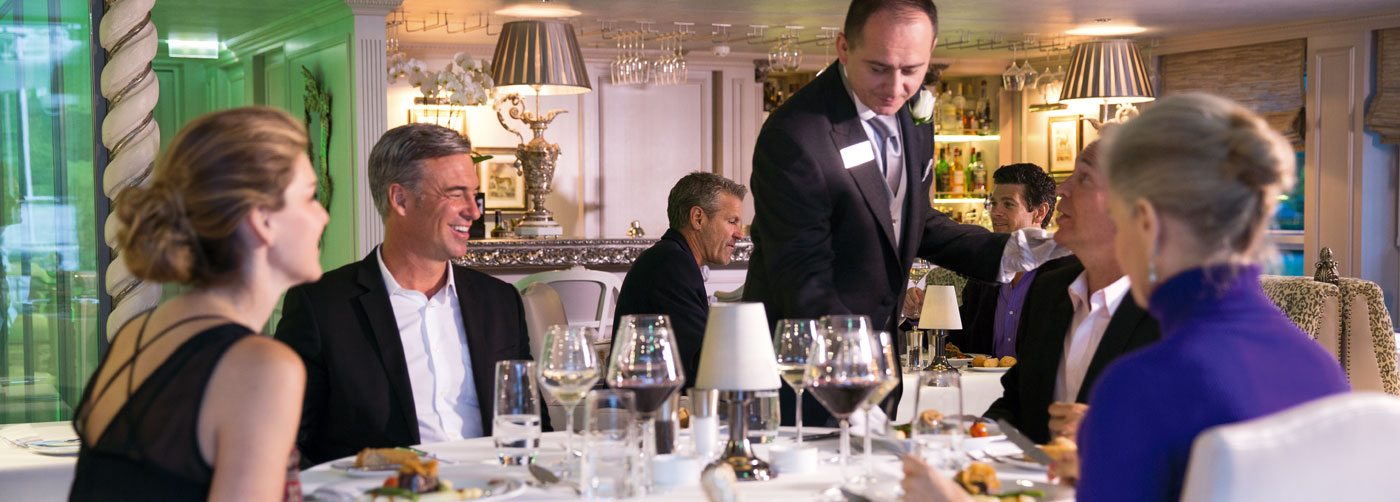
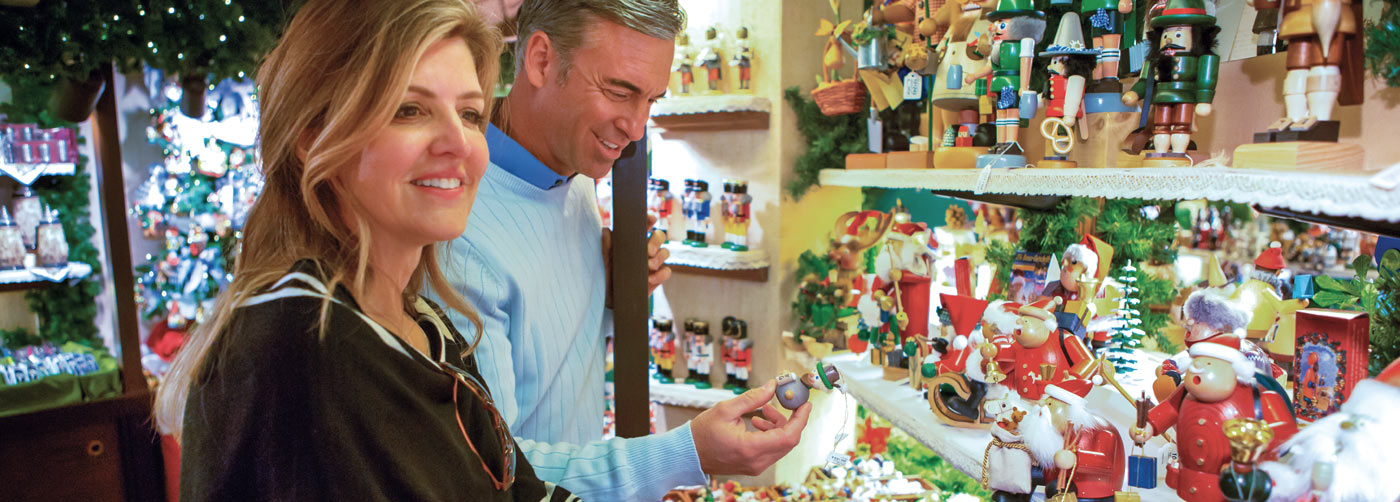
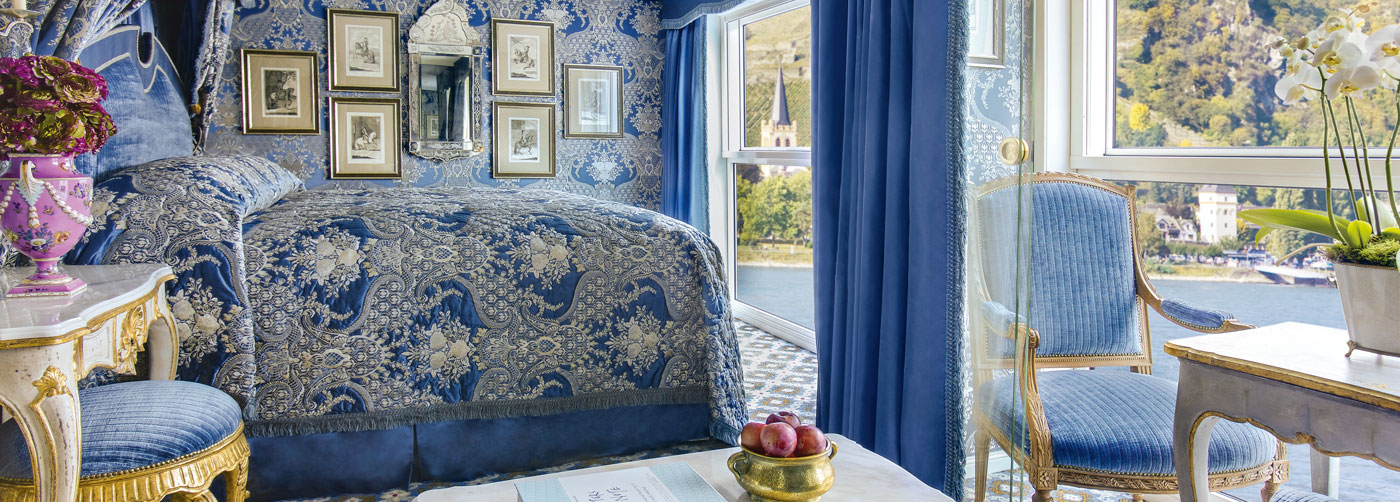
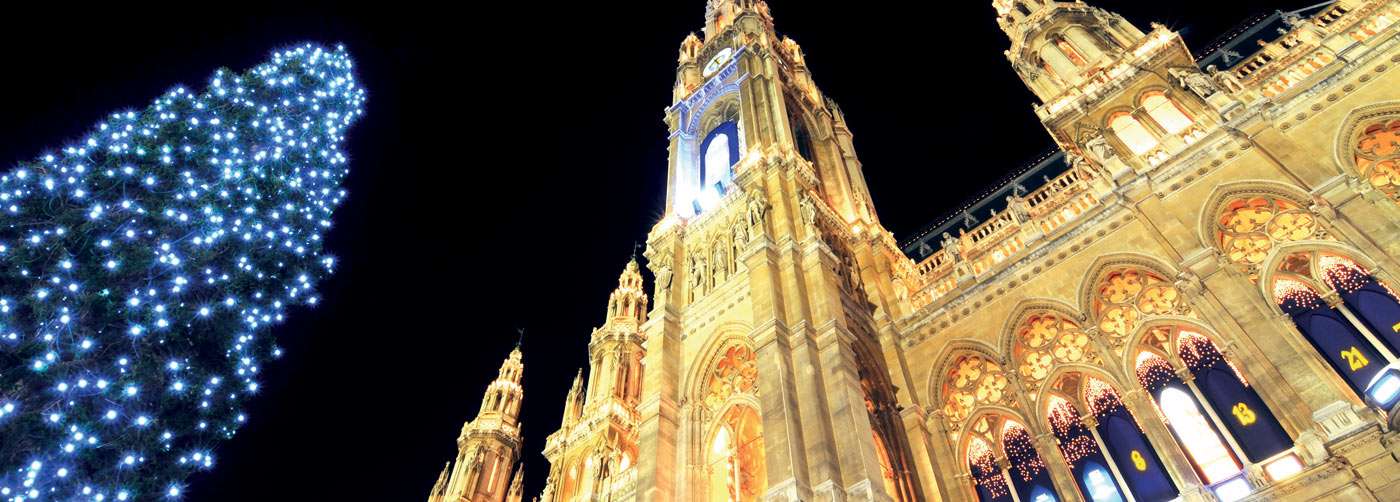
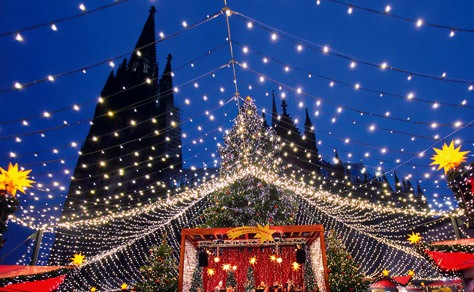
2024 | Switzerland, France and Germany provide the perfect backdrop for this true connoisseur’s Christmas market cruise.
Learn More
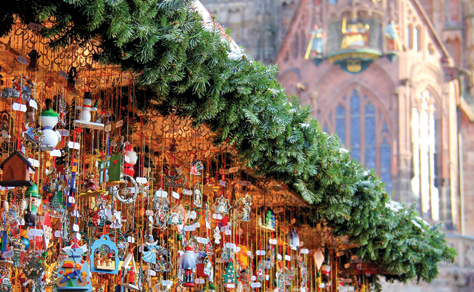
2024 | Experience Europe’s old-world charms during the most magical time of the year.
Learn More
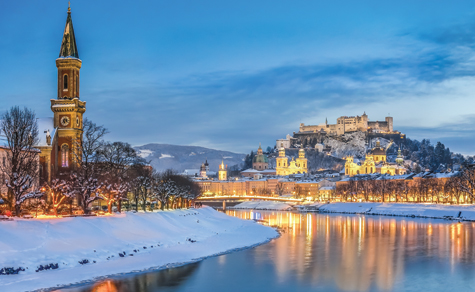
2024 | Celebrate the holidays and welcome the New Year in incredible style across 3 countries.
Learn More